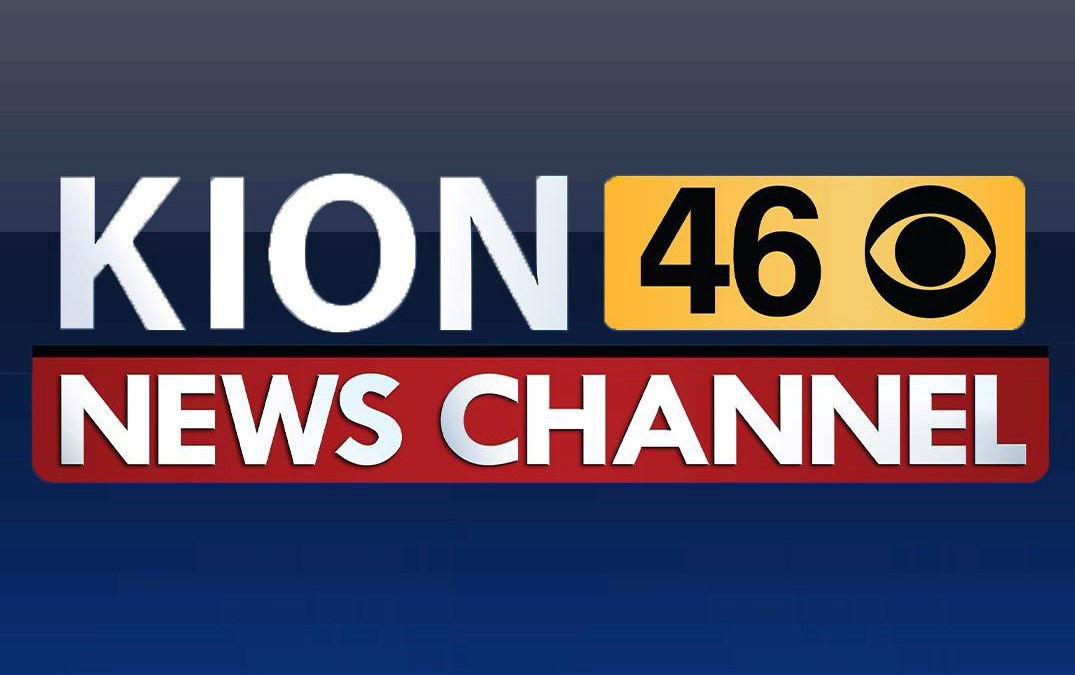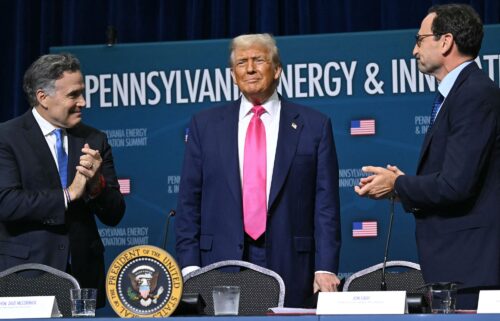Consumer spending soared in March as Americans tried to get ahead of tariffs
By Alicia Wallace, CNN
(CNN) — A car-buying frenzy, stoked by tariff fears, drove US consumer spending in March to its biggest monthly gain in more than two years, new data showed Wednesday.
Consumer spending leapt 0.7% from February, according to a Commerce Department report released Wednesday that showed Americans shelled out last month for durable goods, particularly automobiles.
The Commerce Department’s Personal Income and Outlays report — which provides the most comprehensive federal data on spending, income as well as the Federal Reserve’s preferred inflation gauge — further reinforced what the recent retail sales data and anecdotal evidence have been indicating: Americans picked up their spending and likely pulled forward some purchases out of fear that President Donald Trump’s tariffs will raise prices in the months to come.
But as of March, price hikes were held in check and overall inflation slowed to its lowest rate since September — in part due to recession fears weighing down oil prices.
Wednesday’s report from the Commerce Department showed that the Personal Consumption Expenditures price index — the Fed’s favored inflation gauge — rose 2.3% in March from the year before, slower than February’s 2.7% increase. On a monthly basis, prices were unchanged, versus a rise of 0.4% in February.
“This was a good report, no question about it,” Robert Frick, chief economist with Navy Federal Credit Union, told CNN in an interview Wednesday.
However, that takeaway comes with a major caveat: Trump’s sweeping policies — particularly cutbacks in federal jobs and spending massive tariffs and mass deportations — not only have injected substantial uncertainty into the economy but also have significantly raised recession risks, Frick said.
“But let’s not fool ourselves,” Frick cautioned. “Things will get worse later this year, probably later in the summer. But for now, we really need to cross our fingers and hope that incomes and jobs hold up, because those are the things that will insulate us against the effective tariffs and higher inflation.”
What this means for interest rates
Economists expected the PCE price index to cool sharply to 2.2% annually in March, likely due to falling energy costs as oil prices slumped on lower demand expectations.
Energy prices did indeed fall, plunging 2.7% in March. Food prices, however, saw their biggest jump in months, rising 0.5% from February.
Excluding food and energy costs, the core PCE price index was flat for the month and slowed to an annual rate of 2.6% from 3%.
In any other environment, inflation heading towards 2% would likely fuel optimism that the Fed would resume its rate-cutting ways and lower interest rates.
However, Trump’s economy-shaking policy decisions, especially those that have triggered a trade war with China, theaten to put the central bank between a rock and a hard place by stagnating economic growth while driving inflation higher.
“Inflation is set to pick up as tariff increases lead to higher goods prices,” Gus Faucher, chief economist for PNC Financial Services, wrote in a note on Wednesday. “This will create a dilemma for [Fed policymakers]. Inflation is still above the [central bank’s] 2% objective, but the labor market could start to soften, putting the committee’s two goals in conflict.”
The April jobs report is set to be released Friday and is expected to show a softening in employment gains but a still relatively stable labor market.
However, other major economic data released Wednesday could portend some challenges for the months to come: In the first quarter, economic activity contracted for the first time in three years (amid a surge of imports) and a separate report on private-sector hiring showed a precipitous drop-off in job gains.
‘Calm before the storm’
Based on Wednesday’s Commerce Department data, the economy is holding up for now.
Consumer spending rose 0.7% from February, marking a sharp acceleration from 0.1%.
It was the biggest monthly jump in spending activity in more than two years, Commerce Department data shows, as Americans rushed to buy products ahead of the bulk of President Donald Trump’s tariffs.
But the latest data lands at a time when uncertainty is swelling about the extent to which Trump’s massive policy moves — including a broad array of tariffs — could upend global order and the US economy.
Helping to fuel spending was a 0.5% jump in personal incomes, a strong rate that bodes well for continued consumer spending, Frick said.
“The No. 1 thing I always look for is income, because no matter how anxious people are feeling about the economy or inflation, if they have the money, they’ll spend the money,” he said.
Consumers didn’t sock away as much into savings last month as they did in February, but the personal saving rate came in at a healthy 3.9%.
Considering those household finance dynamics as well as inflation, Wednesday’s release was a “good report” but also another sign of a “calm before the storm,” Frick said.
“In the context of what’s to come, it will help bulwark us against the effect of tariffs and [product] scarcity and layoffs that will be coming,” he said.
The-CNN-Wire
™ & © 2025 Cable News Network, Inc., a Warner Bros. Discovery Company. All rights reserved.

